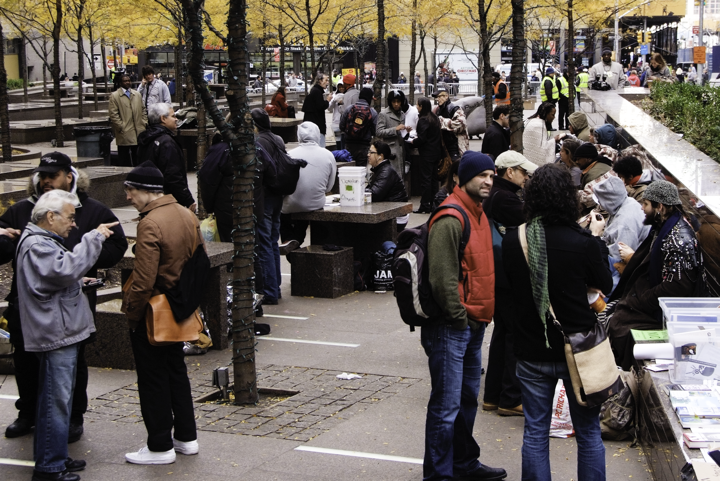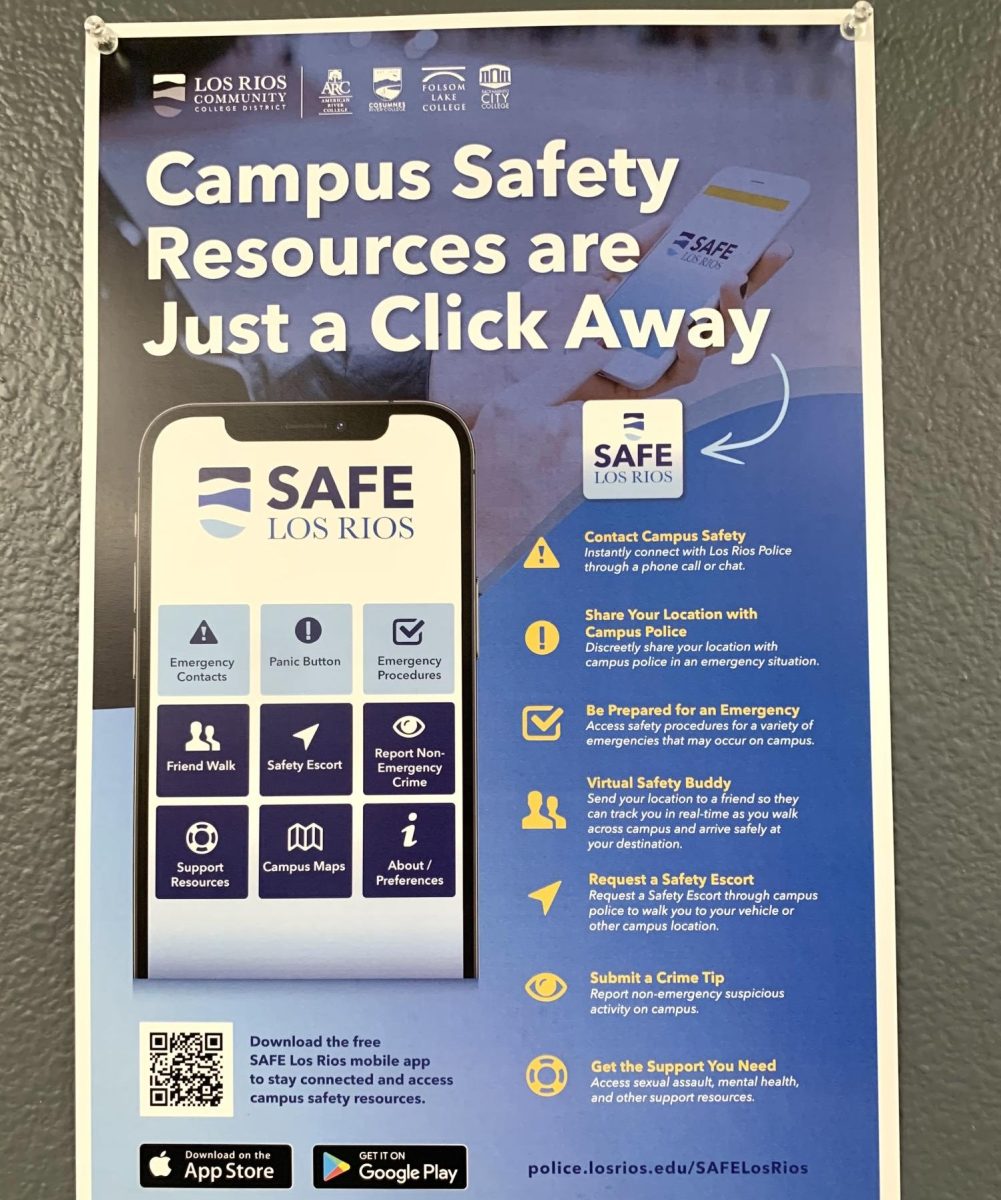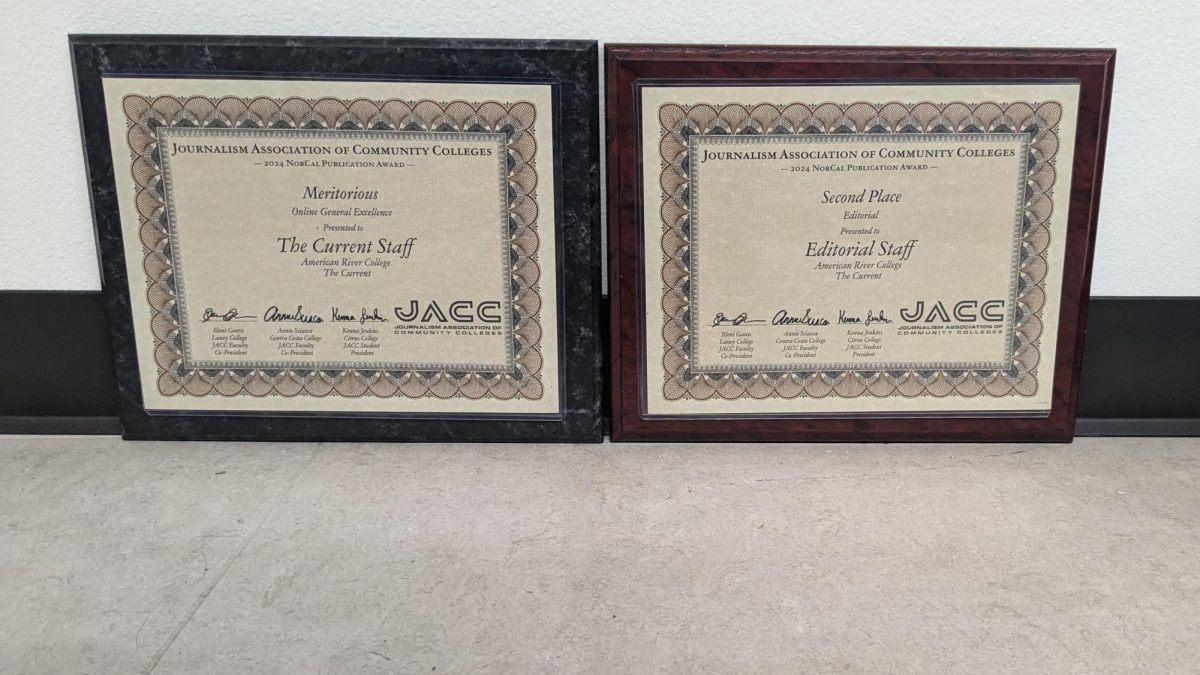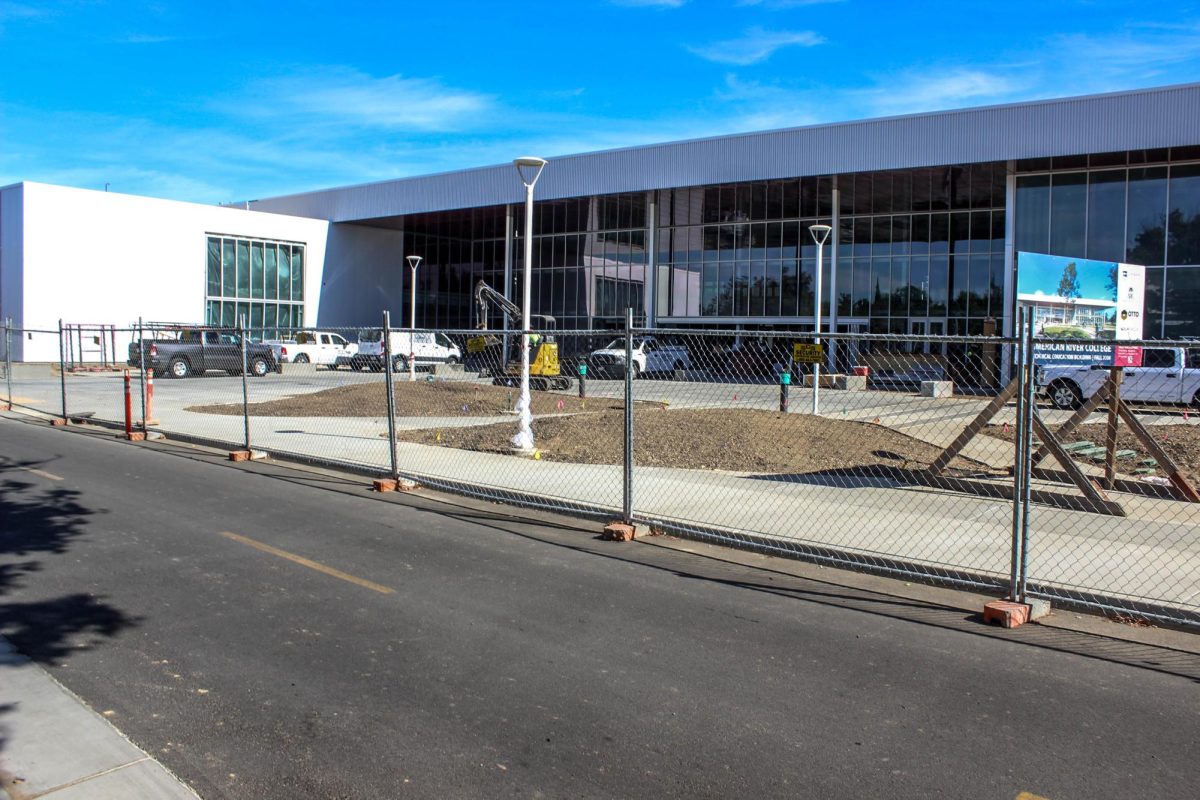NEW YORK – On the cold rainy morning of Nov. 21, I returned to Zuccotti Park, the birthplace of Occupy Wall Street, blocks away from New York City’s financial district. I found the park virtually deserted in contrast to being fully occupied six weeks ago. The sounds of drumming and the chants of “we are the 99” that were so compelling on Oct. 9, had been replaced with the cooing of pigeons and the noises of construction from across the street.
This is just days after the OWS movement celebrated its two-month anniversary with marches, clashes with police, hundreds of arrests and disruptions to the subways and transportation systems of New York City.
The hundreds of protesters who took over Zuccotti Park and gave birth to a worldwide movement have now been reduced to about two dozen people with most of them congregating in the south-east corner of the park under the watchful eye of the New York Police Department. Police barricades are currently surrounding the park allowing only two entry points. This after mayor Bloomberge orders police to remove protesters on Nov. 15.
Is this the beginning of the end of the original OWS, or will there be a new resurgence?
The Occupy movement seems to be at a critical crossroads with divided public support, encampments being closed and a message that is being lost in its ambiguity.
In the absence of any formal leadership present in the park, Dave Korn, a student from Washington, D.C. and Drea Miesnieks, a student from New Jersey, agreed to talk with me about the Occupy movement. Both had spent several weeks at the encampment.
Korn, who protested in Washington, D.C. in addition to OWS, said he was “disheartened after the removal of the camp” and the “general assembly of OWS was trying to find a place where the protest could relocate.”
Miesnieks spoke of trying to unite all of the different city movements to one single group and cause.
Both Miesnieks and Korn expressed concerns about mounting violence from the police and the protesters.
“Violent people drive ordinary people from the movement,” said Miesnieks.
As the day progressed, Zuccotti Park became the site for three different protests – senior citizens for “No Cuts to Medicare,” students to reduce college loans, and individuals to “Stop American Express.”
While all of these different rallies were going on, the OWS group tried to hold a “think tank” session.
As I listened to the discussions, it became apparent that there was no singular leader. There were a few that tried to keep things on point. No action was agreed upon except for the session to be reconvened in a few days.
As to the direction of the OWS protests, only time will tell as the movement seems to have lost its spirit. The non-organizers will have to come up with new strategies if this movement is to endure.
Locally, Occupy movements in San Francisco, Los Angeles, Oakland and Berkeley continue to persist. The recent pepper-spraying incident at University of California, Davis has transformed the Occupy protestors into victims and extended their national media coverage.
“We may have been removed from the park, but the movement is still strong and will re-emerge that much stronger,” said an OWS protestor who refused to give his name.







